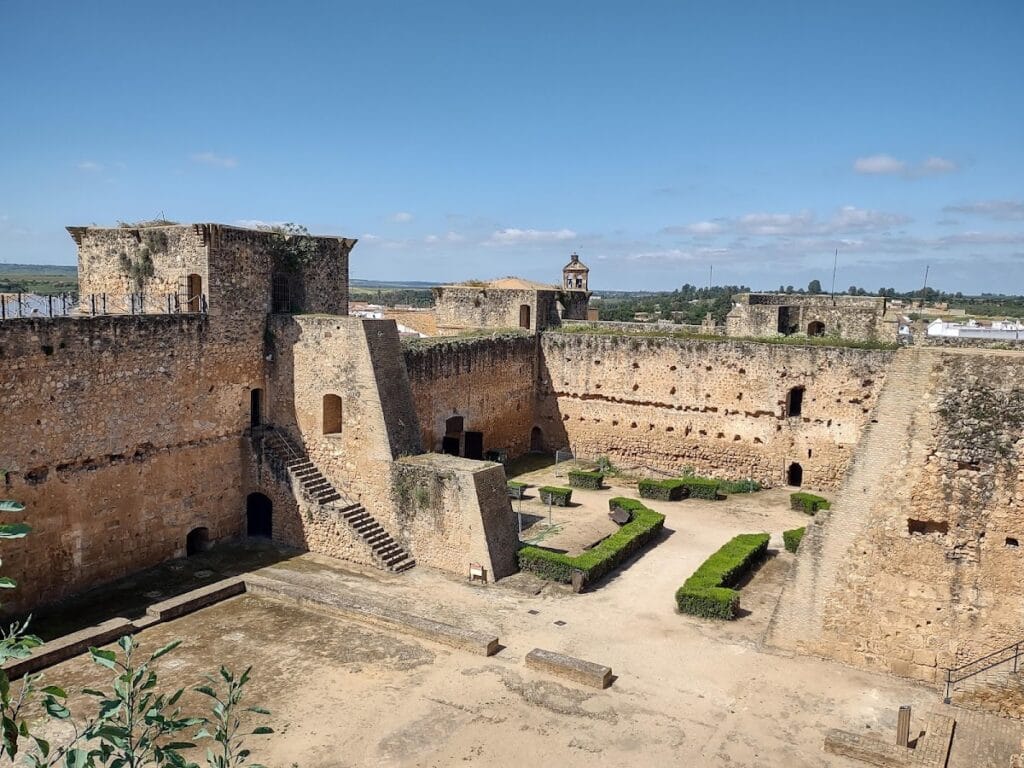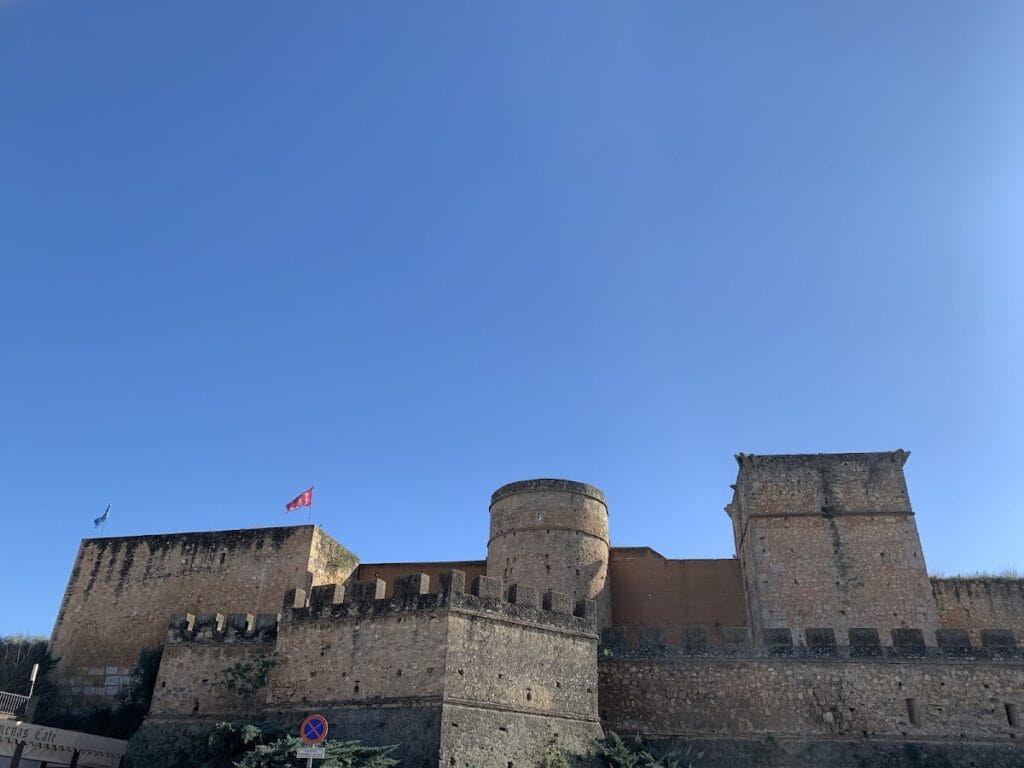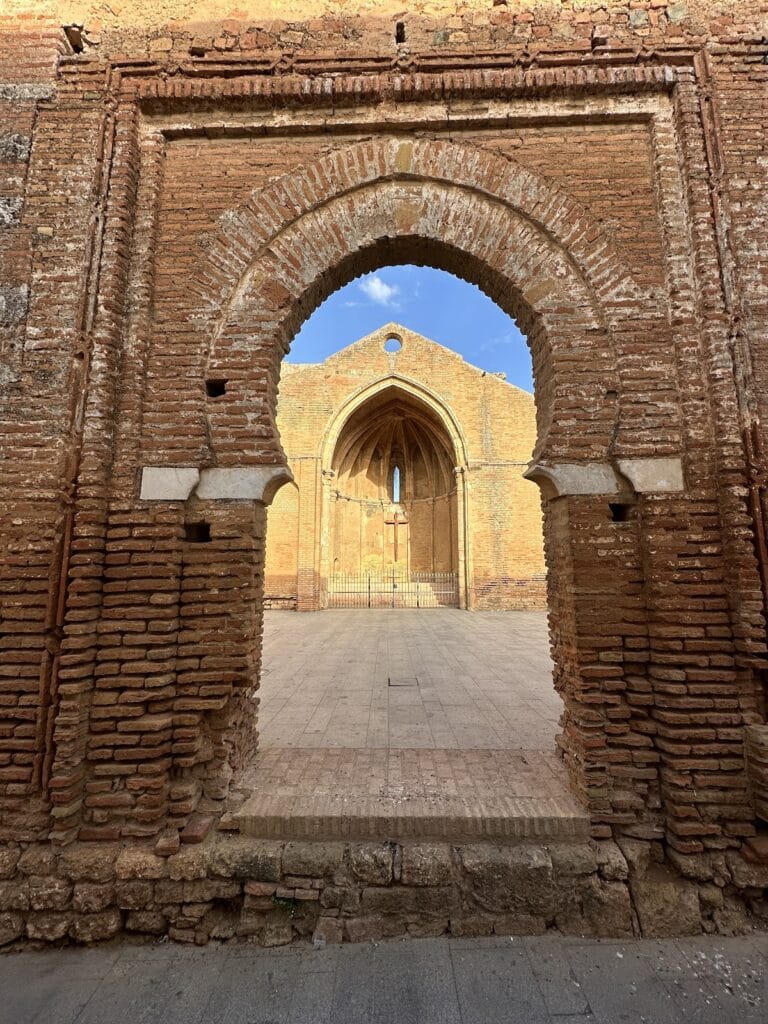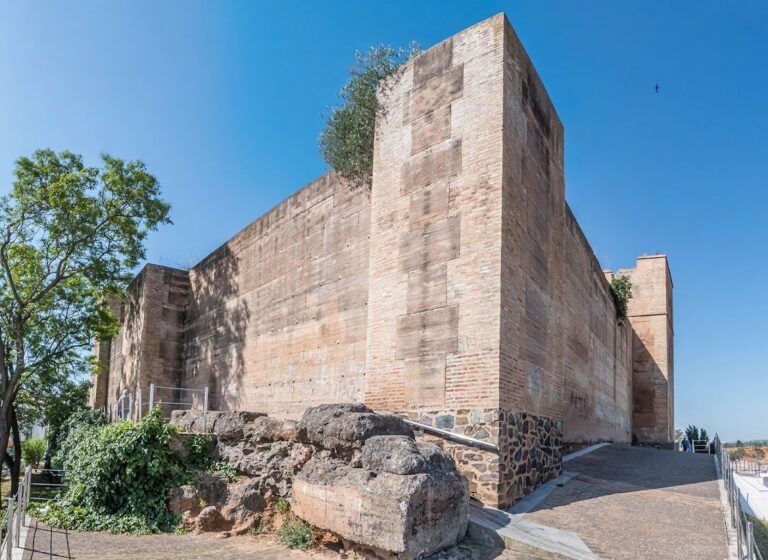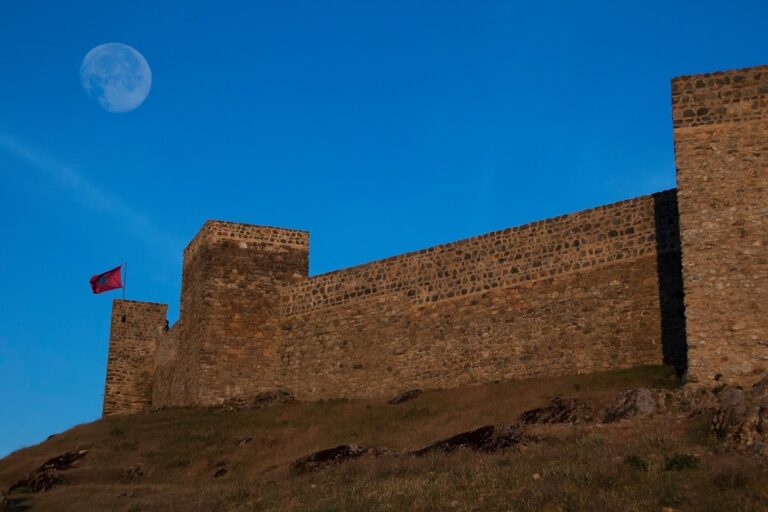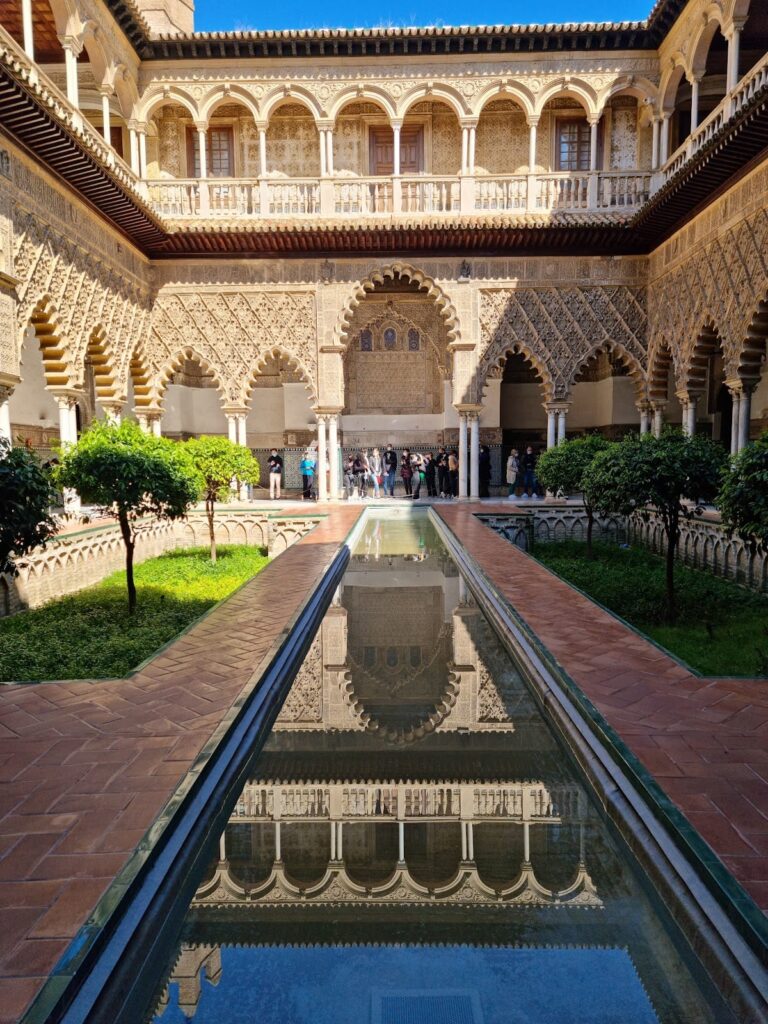Niebla Castle: A Historic Fortress in Spain
Visitor Information
Google Rating: 4.3
Popularity: Medium
Google Maps: View on Google Maps
Official Website: www.niebla.es
Country: Spain
Civilization: Unclassified
Remains: Military
History
Niebla Castle is located in the town of Niebla in Spain. The site occupies a strategic position that was first fortified during the Taifa period, when Muslim rulers established a citadel on this spot. The castle as it is seen today began to take shape in the late 15th century under Christian rule.
Construction of the current castle started around 1470, following the order of Enrique de Guzmán, the 2nd Duke of Medina Sidonia. His project involved demolishing the earlier Islamic fortress to erect a new stronghold reflecting the changing political and military landscape of the time. This new castle also served as the residence for Enrique and his successor, Juan Alonso Pérez de Guzmán, the 3rd Duke, highlighting its role in representing noble authority.
In 1508, the castle experienced a significant military event when the Crown’s forces captured it during the sack of Niebla. Over the following century, the castle fell into decline. By the early 1600s, it had deteriorated substantially, leading to important repair works. Despite these efforts, the structure continued to worsen with time.
The castle was seriously damaged by the 1755 earthquake, an event that especially affected its main tower, known as the keep or torre del homenaje, which was left truncated. The 19th century brought renewed military importance during the Peninsular War (also called the War of Independence). In 1810, the French army took control of Niebla and made restorations to the fortifications, establishing a garrison inside the castle.
The following year, in 1811, the castle resisted a five-day siege by allied Spanish and British troops led by General Joaquín Blake. Although the castle held out during the attack, the French eventually withdrew in 1812. Upon retreating, they deliberately detonated parts of the fortress, causing extensive destruction that reduced the castle to ruins.
In the 20th century, recognition of the castle’s historical value grew. It was declared a Historic-Artistic Monument along with the city walls of Niebla in 1945. Restoration campaigns began in the 1950s and have continued since then, aiming to preserve and recover the surviving elements of this fortress.
Remains
The castle stands on the edge of the old citadel built during the Taifa period, presenting a roughly square layout divided into two large courtyards. Each of these courtyards is enclosed by a series of square towers, providing defensive structures around the perimeter. This quadrangular plan reflects military architectural strategies of the late medieval period in Spain.
Among the most prominent features is the keep, or torre del homenaje, located at the northeast corner of the complex. It has a square foundation and was originally topped with battlements called almenas, which are crenellated parapets used for defense. The keep served as the strongest point of the castle and a symbol of noble power.
Construction materials include a combination of roughly cut stone blocks known as sillarejo, finely dressed stone blocks called sillares, and rammed earth techniques referred to as tapial. Rammed earth is a method where damp earth is compressed to form solid walls, often used alongside stone in fortress construction to create thick, resilient walls.
The castle’s structure suffered severe damage due to the earthquake in 1755, which particularly affected the keep, leaving it truncated. Later, the deliberate explosion ordered by the withdrawing French army in 1812 caused extensive ruin. These events left parts of the building in a fragmentary condition before restoration attempts began.
Today, restoration efforts have stabilized and partially reconstructed sections of the castle, revealing its original layout and important architectural elements. The defensive walls, towers, and the partially preserved keep stand as testament to its historical role through various periods of military and noble use.
